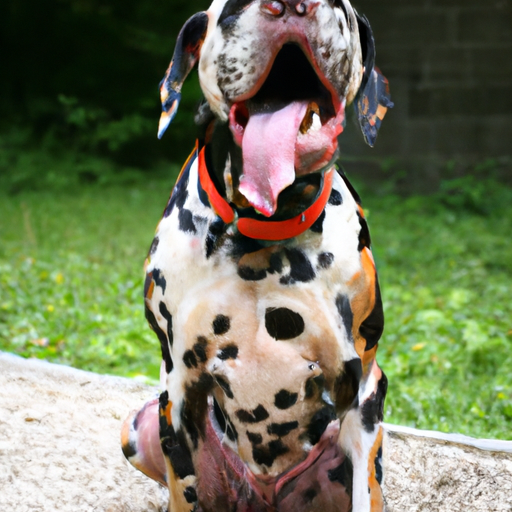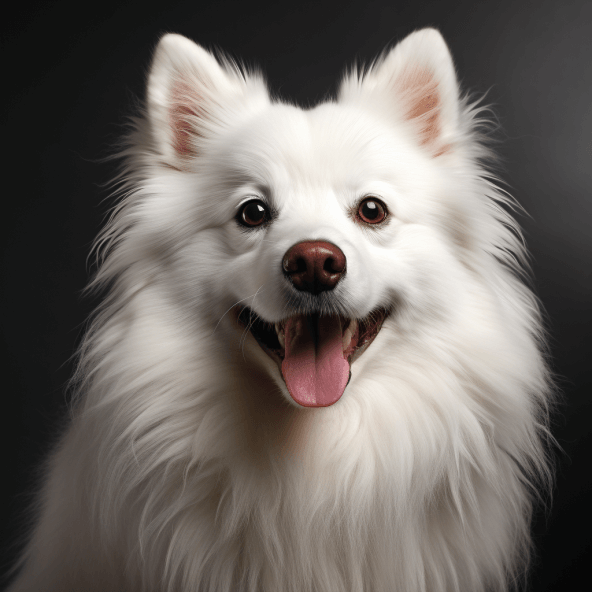Why Do Dogs Pant?
Why do dogs pant? The answer to this seemingly simple question may surprise you. In the “Why Do Dogs Pant” guide, we take you on an illuminating journey down the scientific path that provides answers to this puzzling canine behavior. Unleash your curiosity as we dissect this universally common, yet seldom understood, aspect of your dog’s life. Prepare to discover fascinating new layers to your furry friend’s behavior and deepen your understanding in a way that strengthens your bond with man’s best friend.

Understanding Panting
When we talk about dogs and how they communicate their internal state to their humans, it’s important to understand one of their most common behaviors, panting.
Definition of panting
At the most basic level, panting is a rapid, shallow breathing typically followed by dogs. It’s distinguishable by the way they hang their tongue out of their mouth while inhaling and exhaling quickly.
Normal vs excessive panting
Panting can be a perfectly normal behavior for dogs, especially during or after exercise, or when they’re experiencing warm weather. However, if you notice your pet panting excessively, it should be a cause for concern, as it can be indicative of underlying health issues. Take note of your dog’s normal panting behavior so you can easily identify any unusual changes.
Biological Reasons Behind Panting
Understanding why dogs pant requires comprehension of the biological reasons that trigger this behavior.
The physiological function of panting
Panting is a physiological function that primarily helps in cooling down a dog’s body. Unlike humans, dogs can’t sweat all over their bodies to regulate their body temperature. Instead, they release heat through panting.
Dogs and body temperature regulation
Dogs release minor amounts of heat through their paw pads and by sweating through their noses. However, their primary way to regulate body temperature is through panting. This is why you’ll often notice your dog panting more when weather conditions are hot.
Role of panting in oxygen intake
In addition to cooling, panting also serves to increase oxygen intake, especially after exercise or any strenuous activity. This ensures that the required amount of oxygen is distributed to their muscles, aiding in the recovery process.
Panting due to Heat
Heat can drastically affect your pooch’s panting pattern.
Effect of environmental heat
When the weather gets hot, expect your dog to pant more frequently and intensely. They do this to cool off as their fur coat traps heat, making them susceptible to overheating.
Heat stroke and excessive panting
In extreme conditions, heat can lead to heat stroke in dogs. When a dog suffers from heat stroke, they start to pant excessively, and if not attended to promptly, it can be fatal.
Behavioral Reasons for Panting
Not all panting is heat or exercise-induced. Sometimes, it can be a behavior-related response.
Anxieties and fears
Dogs can pant when they’re nervous, stressed, or anxious. This can happen during thunderstorms, firework displays, or even with changes in their routine or environment.
Excitement and playfulness
Much like humans, dogs can pant when they’re excited or playful. When your dog has had a great playtime or is anticipating an interesting activity, you might notice them panting out of sheer joy or anticipation.
Attention-seeking behavior
Sometimes, your dog may pant simply to get your attention. If they want to play, need to go outside, or are in need of some extra love, they might pant persistently until they have your attention.

Effects of Exercise on Panting
Like humans, dogs also get winded during physical exercises.
Exercise induced panting
A brisk walk, a game of fetch, obstacle courses; whatever is the preferred activity, be prepared for your dog to start panting after or during the exercise. This is their body’s way of reoxygenating their blood supply.
Importance of recovery time
After a good workout, give your dog time to recover. They need this time to normalize their breathing and heart rate and to cool down.
Signs of dehydration
Heavy panting during exercise can also be a sign of dehydration. Make sure you provide your pet with enough water before, during, and after the workout to keep them hydrated.
Health Issues Causing Panting
Sometimes, panting can be an indication of a more serious health issue.
Heart diseases
Heart conditions can cause difficulty in breathing, leading to excessive panting. If your dog is panting persistently and without any apparent reason, it’s best to consult your vet immediately.
Respiratory disorders
Likewise, any issue with the respiratory system can lead to increased panting since the body will struggle to take in enough oxygen, causing the dog to pant more in an attempt to increase its oxygen intake.
Pain or discomfort
Pain can also result in panting. Dogs in physical discomfort will often pant excessively, and this is a sign that they need immediate veterinary care.
Panting in Older Dogs
As your dog ages, you may notice differences in their panting.
Aging and increased panting
As dogs get older, they may pant more as their body’s cooling system becomes less efficient. Don’t be alarmed if your old friend pants more than they used to.
Potential health problems observed in older dogs
However, increased panting can also be a sign of common age-related issues, like arthritis pain or cognitive changes. Discuss these possibilities with your vet to ensure any problems are detected and treated early on.
Importance of regular vet checkups
Regular vet checkups are incredibly important for dogs of all ages, but particularly for older dogs. These routine examinations can help catch health issues that may be causing increased panting early.
When to Seek Veterinary Help
While panting is generally harmless, don’t hesitate to seek professional help if needed.
Symptoms associated with excessive panting
Monitor your dog for extra signs accompanying panting, such as increased lethargy, loss of appetite, or changes in behavior. If they show any of these symptoms, seek immediate veterinary attention.
Importance of prompt checkup
Getting a checkup as soon as something seems off can make all the difference, especially if your dog is suffering from something serious.
Common diagnosis procedures
Usually, diagnosing the cause of panting involves a thorough checkup, blood tests, or imaging tests like x-rays depending on the suspected underlying cause.
Managing Panting in Dogs
There are several measures you can take at home to help manage your dog’s panting.
How to reduce dog’s stress
Create a calming environment for your pet, especially if they are prone to anxiety-induced panting. Certain toys, a quiet space, or calming music can help soothe them.
The role of cooling mats and fans
Cooling mats and fans can help panting dogs, particularly during hot weather. These can alleviate discomfort and help your dog cool down.
Proper hydration and its importance
Always make sure that fresh, clean water is available for your pet. This helps prevent dehydration, which can lead to excessive panting.
Tips for Dealing With a Panting Dog
In conclusion, let’s look at some additional tips to handle a panting dog.
Creating a calm environment
Providing a calm and quiet space can work like magic for a heavily panting dog. It helps them relax, reducing the panting eventually.
Training your dog to improve panting
With enough patience, you can train your dog to take deep, slow breaths when they start panting excessively. Positive reinforcement can go a long way in helping them associate calm behavior with rewards.
Things to avoid doing when the dog is panting excessively
Resist the urge to wrap them in a blanket or give them a hot bath; heat can make the panting worse. Always remember to consult a vet before giving them any mediation to control panting.
Understanding why your dog pants, and when this panting is indicative of a deeper problem, is an essential aspect of responsible pet ownership. It’s part of what makes you not only a great pet parent but also your dog’s best friend.






